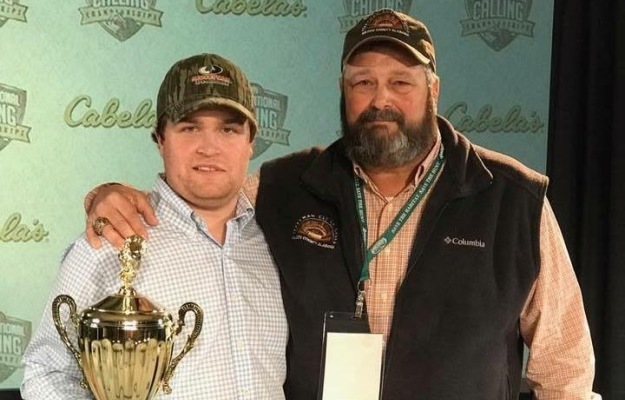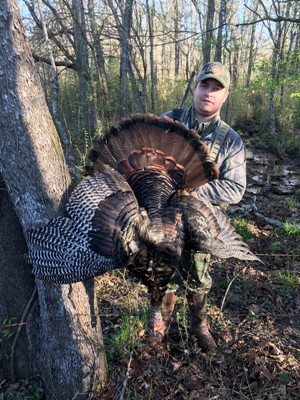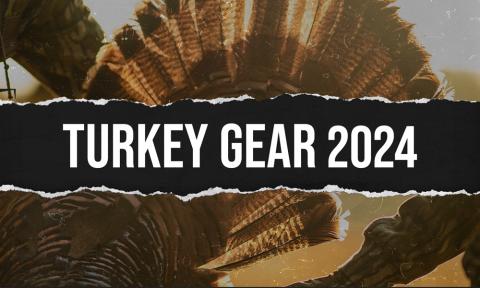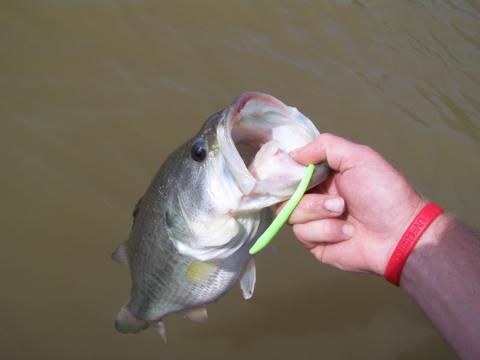You Can Shoot a Smaller Gun with Heavier Hand-Loaded Shot for Turkeys

Editor’s Note: Mossy Oak ProStaffer Calvin Perryman from Troy, Alabama, has been on the Mossy Oak ProStaff for four years, and his favorite Mossy Oak camo for turkey hunting is Bottomland. “I hunt many hardwood bottoms and upland pine stands, and Bottomland fits in well with that kind of timber. Most of the time, I'm leaning up against a tree, and Bottomland looks like a part of the tree trunk. Later in the year when it's greener, I’ll either wear Mossy Oak Obsession or Mossy Oak Green Leaf camo.” For 22 years, Perryman has been chasing gobblers, generally on family lands in Wilcox, Dallas, and Butler counties in south Alabama.
Much of south Alabama has never had a closed season for turkey hunting. Even during the Great Depression of the 1930s, turkeys were revered. Many large landowners protected their turkey flocks, so that they could hunt them in the spring and the fall. Also our section of the U.S. has really good habitat for turkeys, and many of the landowners around where I live do a good bit of predator control.
Although much of the South hasn’t had outstanding turkey hunting in the last few years, I had a great 2017 season. We heard a lot of gobbling, and I was able to take my limit of five turkeys in Alabama.
 Another advantage I have is that no one hunts that property except me, my dad and my brother. At the beginning of Alabama’s turkey season, the weather was cool, and the turkeys weren’t gobbling great. I found the first turkey of the season in a young pine plantation in Dallas County where the pine trees weren’t more than one to two years old. The gobbler was with a few hens, and he wasn’t gobbling very much. Because of the rolling hills on this property, I was able to get into a position to call to the gobbler without his seeing me. The longbeard didn’t gobble, but after I called to him once, eventually he started coming toward me. I set up about 200 yards from the turkeys, and I was able to watch the gobbler with my binoculars. Each time I called, I noticed that the gobbler looked in my direction and walked slowly toward me with the hens following him.
Another advantage I have is that no one hunts that property except me, my dad and my brother. At the beginning of Alabama’s turkey season, the weather was cool, and the turkeys weren’t gobbling great. I found the first turkey of the season in a young pine plantation in Dallas County where the pine trees weren’t more than one to two years old. The gobbler was with a few hens, and he wasn’t gobbling very much. Because of the rolling hills on this property, I was able to get into a position to call to the gobbler without his seeing me. The longbeard didn’t gobble, but after I called to him once, eventually he started coming toward me. I set up about 200 yards from the turkeys, and I was able to watch the gobbler with my binoculars. Each time I called, I noticed that the gobbler looked in my direction and walked slowly toward me with the hens following him.
Many times turkeys in our area will use a clear-cut or a young pine plantation just like they will pastures in other parts of the country. Often, they will roost on the edges of these types of openings. When they leave the roost tree, they’ll sail out of their tree into these openings and strut and gobble just like they will in a pasture. On the land that I hunt, we have pastures as well as timber. I've noticed that gobblers come to those clear-cuts and young pine plantations, just like they do the pastures.
This year, I decided to try a new gun. I've started hunting with a Franchi Affinity 20 gauge shotgun, and I'm shooting hand-loaded TSS - Tungsten Super Shot - shotgun shells with #9 shot. TSS is a composite of tungsten and another alloy that makes the shot heavier than lead. It’s 30 percent heavier than Hevi-Shot. What I like about this shot is that it allows you to shoot a smaller-size shot and still deliver the punch that you get from a large-size shot. This pine plantation turkey was the first I took with this gun. When the gobbler was at 30 yards, I squeezed the trigger, and he went down just as quickly as if I had shot him with a 3-1/2-inch Magnum.
This year (2017) I also took a turkey in Texas at 54 yards using these shells in my 20 gauge. I have an Indian Creek choke in my barrel. I’ve found that the 20 gauge is a much lighter gun to carry than a 3 or a 3-1/2-inch Magnum, and it’s easier to handle in the woods. Using the shells that I do, I can take turkeys at the same range I was taking birds with my 3-1/2-inch Magnum. This was the first year I hunted with this gun, and I really enjoyed it. I'm using Hodgdon powder, and I'm loading with 1-5/8-ounces of #9 shot. When I patterned my gun at 40 yards, I put 315 pellets in a 10-inch circle. You don’t have to use a big shot to kill a turkey, especially if you have a dense pattern.
For more information about turkey hunting, check out John E. Phillips’ Kindle and print book, “Mossy Oak Pros Talk Turkey Tactics,” at http://amzn.to/1qZnffi and the Nook book at www.barnesandnoble.com. For a free copy of John E. Phillips’ “The Turkey Gobbler Getter Manual,” go to http://johninthewild.com/free-books/ to download.




























